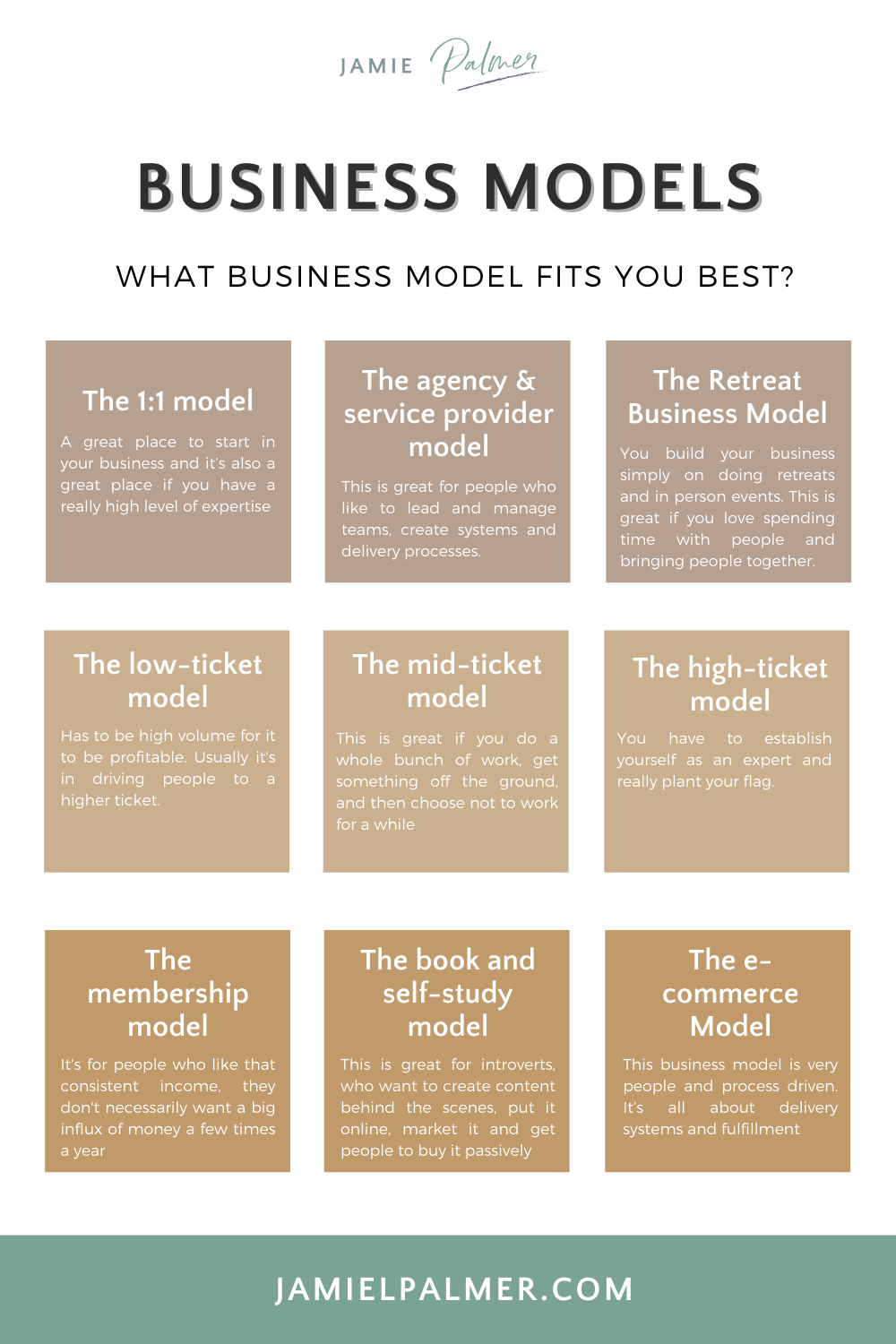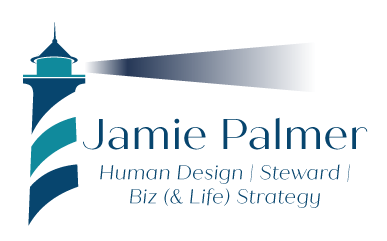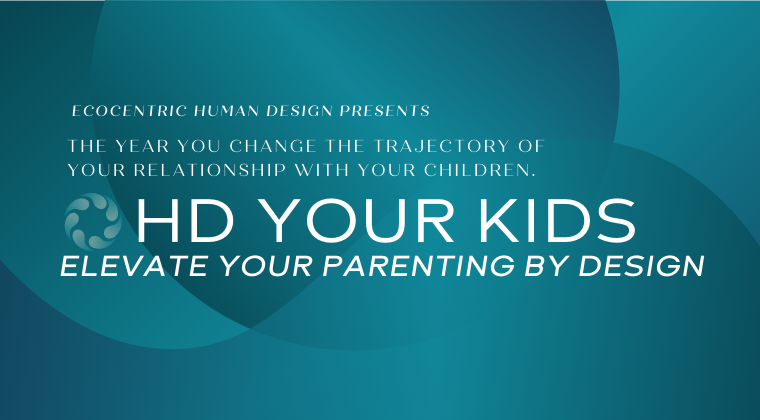
Have you ever wondered what the best business model might be for the online space? I would contend that this is not necessarily the right question you want to ask. Instead, I would encourage you to ask yourself, which is the best business model based on your strengths and that you’ll actually stick with? What does your ideal week look like? Is it working with 10, 15, 20 or 30 different people in a 1:1 setting? Is it creating content and showing up once a week to teach something to a whole bunch of different people?
I like to remind my clients that they went into business for themselves! Remember that when you see all of these different advices online, that encourage you to try this, this or that… it’s like they’re just throwing spaghetti at the walls to see what sticks. Don’t just follow a business trend because it’s in and realize that it is not for you.
Lots of paths to success
I always want to help and advise people on making the right decision for them. But I also see that they don’t truly understand what goes into making each business model successful. Just seeing X offering a course and thinking this could be something you can offer doesn’t quite work.
There are lots of paths to success. There’s no one right way to build a seven-figure or an eight-figure business. Oftentimes, however, it’s a two-fold thing.
1) You have to understand which business model you’re getting into which you can learn with business training.
2) you have to stick with that business model.
Business models and Human Design
There are many different business models and in the coming weeks, I will release a new training and workshop on how to select the right business model based on your human design. I truly believe that a lot of our makeup of who we are, who our strengths and weaknesses are, how we best operate with other people, determines our success when it comes to the business model we choose.
The different business model list:
| The 1:1 model | The high-ticket model | The Retreat model |
| The mid-ticket model | The agency & service provider model | The SLO low ticket model |
| The membership model | The book and self-study model | The e-commerce model |
One of the things to understand is that each of these models have different pluses and minuses to them. Each will depend on what your strengths and weaknesses are. There is no real one size fits all subscription.
People try to do too many of these models in their business and ultimately, they don’t do any of them well. Most of the people that come to me are in the 1:1 model or the agency service provider model. They want to add in an additional layer of income, start scaling or leveraging their time, leaving a legacy by creating a bigger impact. They want to get out of that trading dollars for hours mentality or trading people for process and grow the business. They want to get into that group coaching program model, that high ticket or that mid-level model or they have a book that they want to sell and so now they want to put some offers on the back end.

The biggest problem in all of this is that people commit to too many of these things at once and then none of them are successful. Why? Because each of these models could potentially be full-time. That is where most people really get confused.
- Mistake number one: they try to do too many of these models, and then they don’t do any of them well.
- Mistake number two: they keep jumping from model to model. They start in one model, realize that that’s not for them and switch to another program. That might not work either and then they switch again. So, they’re constantly shifting. They never get systems in place to reap the benefits of the work that they’ve done to scale it to a point where it’s creating income from them. With a system in place, they wouldn’t have to put in hours and hours of work.
Ultimately, you have to decide what works best for you based on your strengths. I have put together a brief summary of the different business models and I invite you to get on the waitlist for my upcoming training on business models based on your human design.
In my upcoming training, I will go in depth into the different business models and I will look at the Human Design. If you aren’t familiar with human design, check out My Body Graph and listen to my podcast interview with Brigitte Knight. The Human Design is a framework for you to really get to know yourself a bit better. I have found it to be super helpful for me, over the past two or three years since I started studying it and understanding myself better.
I have started applying what I’ve learned through Human Design and apply it to my business strategy in my coaching. I can see that there are a lot of these patterns that relate to why people aren’t successful with their marketing based on how they’re showing up with their human design by not understanding themselves. They don’t honor how they need to operate and because of that they’re not being as successful, whether that’s through a business model or through marketing. My intention with this training is to help people better understand themselves and be able to show up in their strengths and select the right business model for them based on how they like to operate with other people.
Business Models 101
1:1 Business Model
One-on-one is typically a high ticket model. It’s low volume and you’re trading dollars for hours. It’s a great place to start in your business and it’s also a great place if you have a really high level of expertise. Anybody at any stage in their business can do one on one. You can charge anywhere from $1000 to $50,000. The business doesn’t require a lot of front-facing marketing, because if you are doing a good job its growth comes from a constant flow of referrals.
The struggle with this business model is that there are only so many hours in the day, which means there’s a cap on the amount of money that you can make. So, there’s this dichotomy of I have to trade more hours if I want to make more money and there are only so many hours in the day.
High-Ticket Business Model
A high-ticket model could be a high-ticket mastermind or group coaching. When you offer this kind of service of high-ticket you have to establish yourself as an expert and really plant your flag. You have to announce what you stand for, have a community and market yourself. You have to be willing to put yourself out there, establish a following and be willing to show up online. On the flip side of this, you are going to be leveraging your time when it comes to the delivery. You have to create content for and within your group. However, you’ll have limited interaction, in terms of the number of people that you’re doing one on one work with. You are the mayor of your little community. There’s an element of managing people but not like an agency model, where you have a big team to grow. Here you need a small team to help you out. And there is an element of customer service that needs to happen.
This is great for people who want to establish long term relationships and really enjoy working with the same group of people over time. The high ticket model is usually a great sort of transitory model. Over time, a lot of my people go from the 1:1 model or service provider agency model into this model, where they’re only doing either high ticket or group coaching.
Mid-Level Business Model
This is usually some sort of course or it can also be group coaching. It is a low ticket and has a start and a stop date. This is mostly for people who might be newer in the business, but not always. Generally, people who want a distinct amount of time off tend to gravitate to this business model. If you don’t want to have really long relationships with people, and just want to work with a bunch of people over time and have them graduate and move on, then this might be for you. The level of expertise is usually not very high. Typically, you only have to be one step ahead of where your ideal client is.
This is great for people who want to do a whole bunch of work, get something off the ground, and then not have to work for a while. The mid-level business model is typically always in conjunction with some other model. You might have multiple courses. So you’ve got you’re all within that course mid-level, mid ticket model, but you’ve got multiple courses that you launched throughout the year. This is typically when somebody might start to dabble in this, within the first few years of their business. The mid-ticket model definitely has to be a cart open/ cart close deal. It’s much harder to sell something that’s mid-ticket on an evergreen like you would in a group coaching program or a high-ticket mastermind. This requires you to build an audience. It requires you to have consistent audience growth, it requires you to show up online.
The Membership Business Model
The same applies to the membership model. The really big difference between the mid-ticket course model and the membership model is that the membership model is really for people who like that consistent income, they don’t necessarily want a big influx of money a few times a year, but rather have consistent money coming in all the time. (FYI, you can have a cart open/ cart close with a membership, but you need to constantly nurture it). With a mid-ticket course model, you create that content once, you show up for the Q&A’s, and then you’re good to go. It’s a lot of work up front, but less work overtime. Whereas a membership model you do have some content that you have to create consistently. You have to show up consistently. You won’t be able to disappear for three months unless you have a team that can take care of that.
There is some semblance of customer support that you need with something like that. It provides a very stable income, however, since it’s not a high ticket number, meaning it’s probably under $300 a month for your membership, you need a high volume of people to make it profitable for you. It does take time to get the number of people into that model to be successful.

The Agency Service Provider Business Model
This is really built for people who like to manage people, because to scale an agency or anything that’s in the service provider realm, you need people to help you grow because you can’t do the deliverables without the people. This is great for people who like to lead and manage teams, who like to project management, who like to create systems and delivery processes. Much of this business you can grow based on referral relationships. Some marketing will help you expedite your growth, but a lot of people in the agency realm grow their business through referrals.
With that high-level strategy, you become less part of the day to day, and more part of the bigger picture.
Self-Study Program Business Model
This is another model a lot of people pick, once they release a book. This is great for people who are introverts, who really just want to create content behind the scenes, put it online, market it and get people to buy it passively.
The book drives the sales into the self-study program, and they’re happy to show up and market themselves. It doesn’t require a lot of one on one interaction. It doesn’t require a lot of group action. It’s literally you behind the scenes, crafting, honing, and tweaking your delivery content. That’s the bulk and the majority of your work. It requires you to have a pretty big following or to grow a pretty big following over time because you’re reliant on your email list and your social media to drive sales to the different things that you have available for people to buy.
It’s a really solid way to grow your business. Your primary job becomes marketing. You’re your marketing, you’re showing up, you’re showing value, you’re driving people to your offers, and you’re constantly making offers on that email list.
The Low-Ticket Business Model
This business model is very similar to the self-study book model, in that it’s high volume for it to be profitable. Usually, you have some sort of offer on the back end that drives them into a higher ticket program.
The Retreat Business Model
Lately, the retreat model has become very popular in the online space. People build their business simply on doing retreats and in person events. It’s the complete opposite of the self-study model. This is great if you love people, and you like spending lots of time with people and bringing people together, creating, connection etc. It’s very similar to the mid ticket model. There is a lot of work involved to get this off the ground. Once you have it all set up, it’s sort of a repeat model. You have to show up a lot in order to attract people to your retreat and sign up. It requires you to market yourself. It requires you to collaborate and get things moving forward. It is a great business model.
The e-commerce Business Model
This business model is very people and process driven. It’s all about delivery systems and fulfillment. The customer interaction is very limited. The focus is all about the product delivery. This could be an E shop where you’re selling templates, swipe files or are physically shipping a product to someone. Your job is twofold marketing the business and getting new customers from the internet. You have to make sure that the delivery and fulfillment process goes off without a hitch. This is very high level.
My list of business models is by no means meant to be the “be all and all solution” for understanding which business model you should choose. I do not recommend choosing more than two of these business models. Often people get this glittery object syndrome. They see somebody doing well with one business model and want to do the same and soon realize that that wasn’t for them.
I’m hoping with this a little bit of framework will help you understand, which is the right business model for you. It will help you really hone in on being able to choose which one of these steps you want to take next.
__________________________
Are you wondering if your social media marketing is even working? Are you posting and hearing crickets? For a limited time, I am offering customized Social Media and Marketing Snapshots for $47. These are a 2 – 3 page action plan designed specifically for your business. Grab yours today ===>>> www.socialmediasnapshot.com






Recent Comments